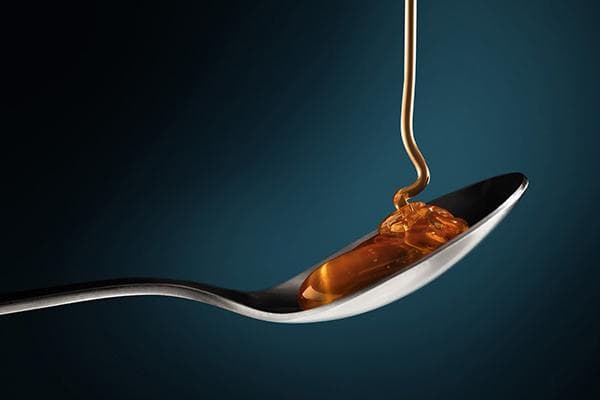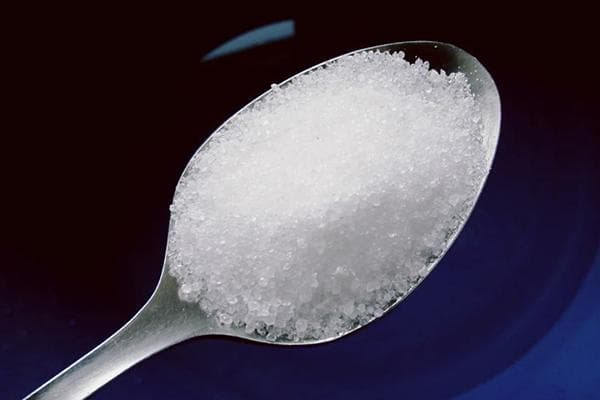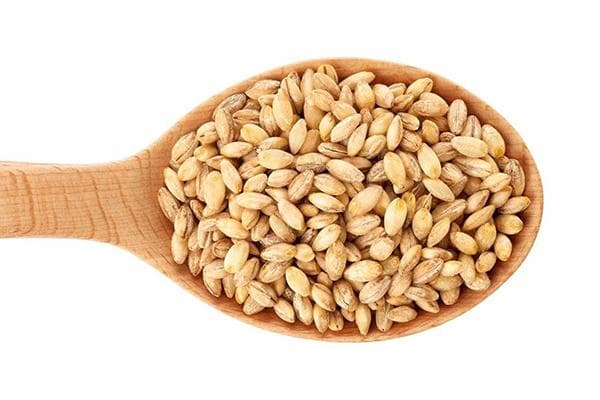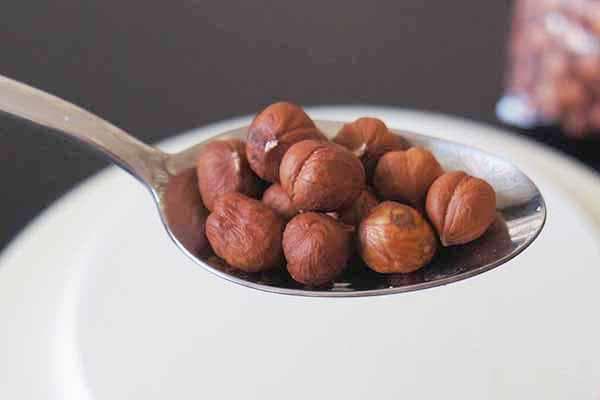How many grams are in 1 tablespoon? See table for flour, salt, sugar, butter and 80 other products
Many housewives use spoons to measure all the ingredients in recipes in the old fashioned way. And if the weight of the product is indicated, they immediately try to correlate how many grams are in a tablespoon. Especially for such cases, we publish tables of quick measurements.
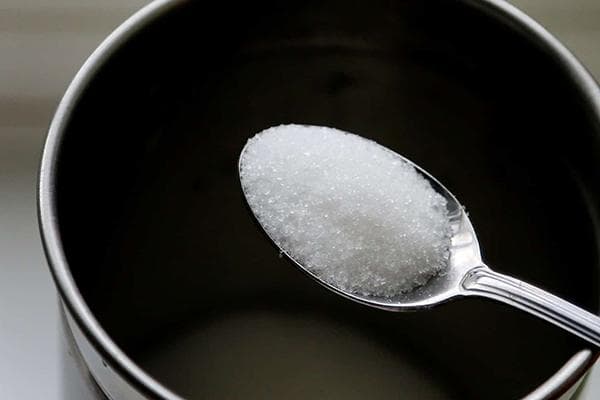
Flour, butter, salt and sugar
Most often, it is flour, salt, sugar and butter that are measured with spoons. It is easy to guess that they have unequal weight. Solid butter is heavier, while flour and granulated sugar are the lightest. To calculate how much product you need to put in, use the following table:
| The product's name | Weight in tablespoon, g |
|---|---|
| Wheat flour | 25 |
| Potato flour | 30 |
| Rock salt | 30 |
| Extra salt | 20 |
| Sugar | 25 |
| Powdered sugar | 25 |
| Granulated sugar | 25 |
| Butter | 40 |
| Melted butter | 20 |
| Sunflower oil | 20 |
| Olive oil | 20 |
Liquids: water, vinegar, milk and others
Liquid substances have approximately the same weight - 15–20 g. An equal volume of water, vinegar, and lemon juice fits in a tablespoon. But with increasing viscosity, grams, or rather milliliters, grow exponentially. All values are shown in the table:
| The product's name | Weight in tablespoon, g |
|---|---|
| Water | 18 |
| Vinegar | 15 |
| Lemon juice | 17 |
| Liquid honey | 20 |
| Candied honey | 30 |
| Jam | 50 |
| Whole milk | 20 |
| Condensed milk | 30 |
| Sour cream | 25 |
| Cream | 14 |
| Mayonnaise | 25 |
| Cognac | 20 |
| Tomato paste | 30 |
An interesting fact: honey is one of those rare products that is indicated in spoons in all recipes.The thing is that when weighing on scales, it remains on the walls of the dishes, and the mass turns out to be inaccurate.
Bulk ingredients: soda, lemon, cocoa, yeast
It is customary to pile up dry foods. For accurate measurements it is important that it be small. If you scoop “from the heart”, instead of 20 g of milk powder you will put 30, or even 40 g.
Quick Measurement Table:
| The product's name | Weight in tablespoon, g |
|---|---|
| Baking soda | 28 |
| Lemon acid | 25 |
| Cocoa powder | 25 |
| Powdered milk | 20 |
| Gelatin powder | 15 |
| Potato starch | 30 |
| Ground crackers | 15 |
| Mustard powder | 17 |
| Dry yeast | 12 |
| Fresh yeast | 20 |
| Poppy | 18 |
| Ground cinnamon | 20 |
| Ground red pepper | 25 |
| Turmeric | 15 |
| Ground coffee | 18 |
| Instant coffee | 9 |
| Egg powder | 25 |
| Dry tea | 10 |
| Crushed nuts | 20 |
Cereals: rice, semolina, buckwheat, oatmeal
To prepare cereal porridges, it is more convenient to use a faceted glass. There are separate tables for it. Glasses hold different weights and different numbers of spoons. For example, 13 spoons will fit in a 200 ml glass of water, 8 spoons of flour, and 6 to 8 spoons of buckwheat, rice and other cereals.
You can use tablespoons to measure semolina for feeding your baby. Grains are often added in small quantities to dishes: casseroles, pies, hedgehogs, buckwheat, cabbage rolls, oatmeal cookies. For such a case, there is a useful table with measurements:
| The product's name | Weight in tablespoon, g |
|---|---|
| Semolina | 25 |
| Rice cereal | 25 |
| Buckwheat | 25 |
| Corn grits | 20 |
| Cornflakes | 7 |
| Oat grain | 18 |
| Cereals | 12 |
| wheat grain | 20 |
| Wheat flakes | 9 |
| Millet | 25 |
| Beans | 30 |
| Lentils | 25 |
| Peas | 25 |
| Pearl barley | 25 |
| Barley grits | 20 |
Other products
Sometimes you have to measure out some exotic ingredient in tablespoons that is not in the well-known tables. In this case, it is customary to take the average value - 15 grams.
Quick measurement table for less popular products:
| The product's name | Weight in tablespoon, g |
|---|---|
| Jam | 36 |
| Fruit puree | 50 |
| Peanut | 25 |
| Hazelnut (kernel) | 30 |
| Almond (kernel) | 30 |
| Fresh cherries | 30 |
| Fresh strawberries | 25 |
| Fresh raspberries | 20 |
| Fresh blackcurrant | 30 |
| Lemon zest | 30 |
| Coffee beans | 16 |
| Raisin | 25 |
| Ghee | 20 |
| Melted margarine | 15 |
| Melted lard | 20 |
| Curdled milk | 18 |
| Ketchup | 25 |
| Soy sauce | 14 |
| Dried mushrooms | 10 |
| Cottage cheese | 17 |
| Agar-agar | 8 |
| Fresh chopped greens | 15 |
| Oat bran | 12 |
| Chia seeds | 11 |
| Flax seeds | 14 |
| Sesame | 10 |
A tablespoon is an imprecise unit of measurement. Considering that its capacity can vary from 13.8 to 20 ml, you risk getting a big difference in the numbers. If the recipe requires high precision (French pastries, desserts), you cannot do without a kitchen scale or a special measuring cup. You can rely on the number of spoons when making pancakes or brine. But even in this case, if the recipe specifies more than 3 tbsp.spoons, it is better to ask again for the amount of product in grams.
